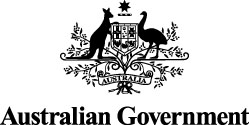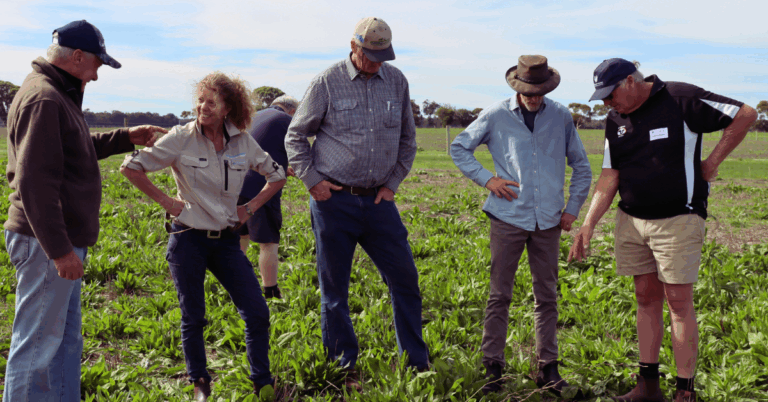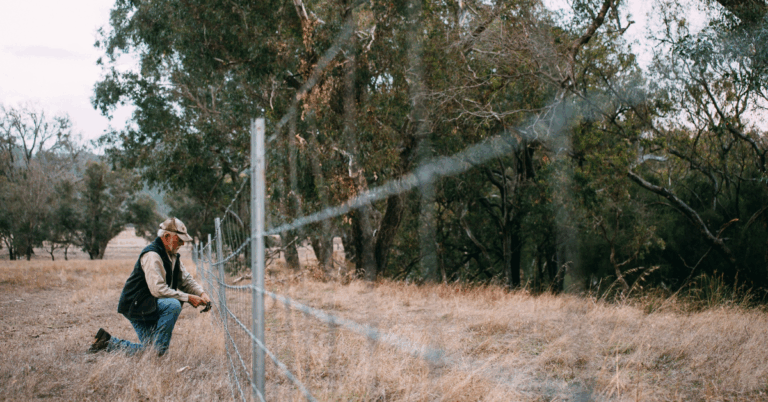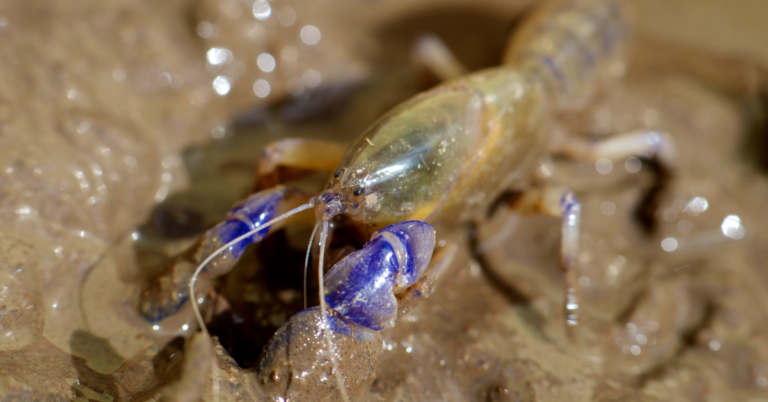The Australian Government has charged South West NRM with the responsibility of ensuring nature on public and privately owned land in our region is given the best chance of survival during a natural disaster.
As the region’s peak environmental organisation, South West NRM has been engaged by the departments of Climate Change, Energy, Environment and Water (DCCEEW) and Agriculture, Fisheries and Forestry (DAFF) to prepare a Biodiversity and Agricultural Natural Capital Emergency Preparedness and Response Plan (EPRP).
The problem
The World Wildlife Fund labelled the 2019-2020 New South Wales and Victorian bushfire crisis as one of the worst wildlife disasters in modern history.
This was in response to a group of scientists estimating some three billion animals were killed or displaced.
Our South West NRM Region is located within one of 36 internationally-recognised global diversity hotspots – and one of only two in Australia! That means we have a very high proportion of species found nowhere else on earth and also facing a high level threat of extinction.
In one significant natural disaster, ongoing work to protect biodiversity here can be completely undone.
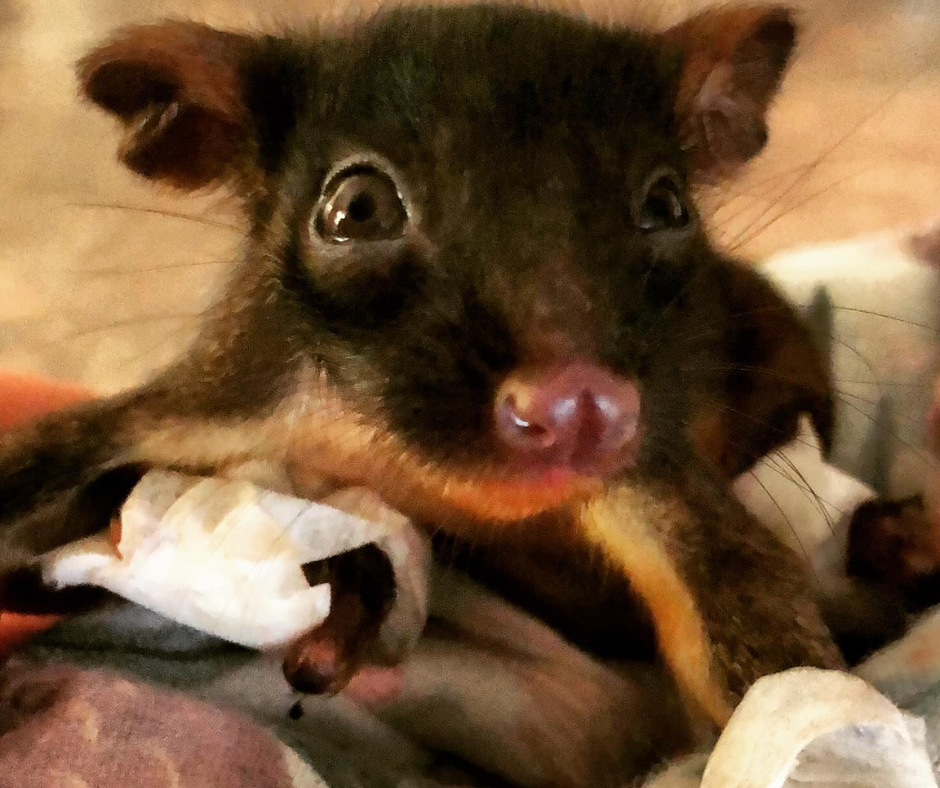
What we’re doing about it
As the peak environmental organisation in the South West, we are working to develop the EPRP with State Government agencies who lead activity for West Australians in the Emergency Management space including the Departments of Fire & Emergency Services; Biodiversity, Conservation and Attractions; Planning & Regional Development along with local governments, Traditional Owners and landcare groups.
Importantly, community input on the plan was also sought via our online community engagement platform called Nature Voice.
We sought grassroots knowledge on where our natural assets are located and ideas on additional actions we can take Before, During and After an Emergency (bushfire, flood, storm, drought, heatwave, pest/disease) to improve protection outcomes.

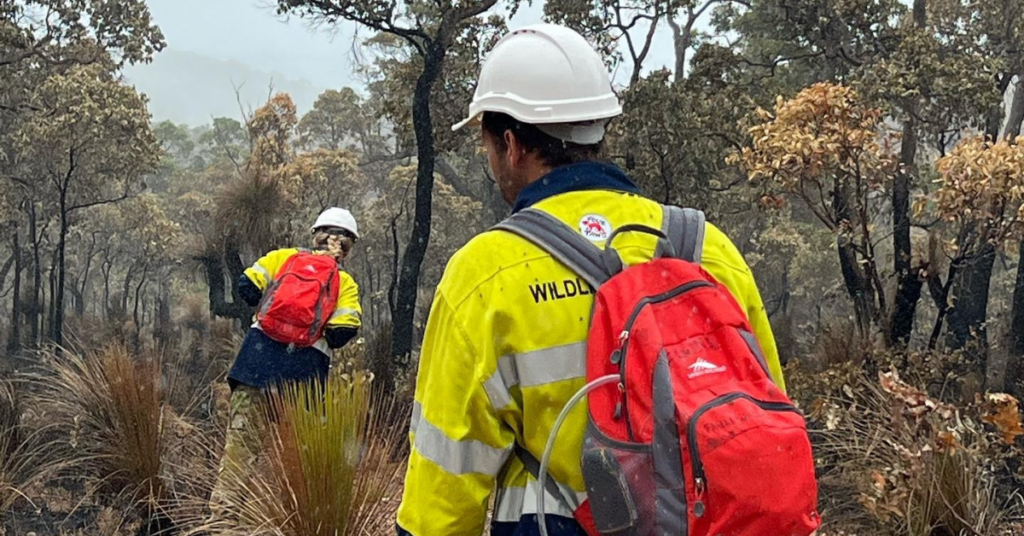
Project Partners
This project received grant funding from the Australian Government Department of Climate Change, Environment and Water.
